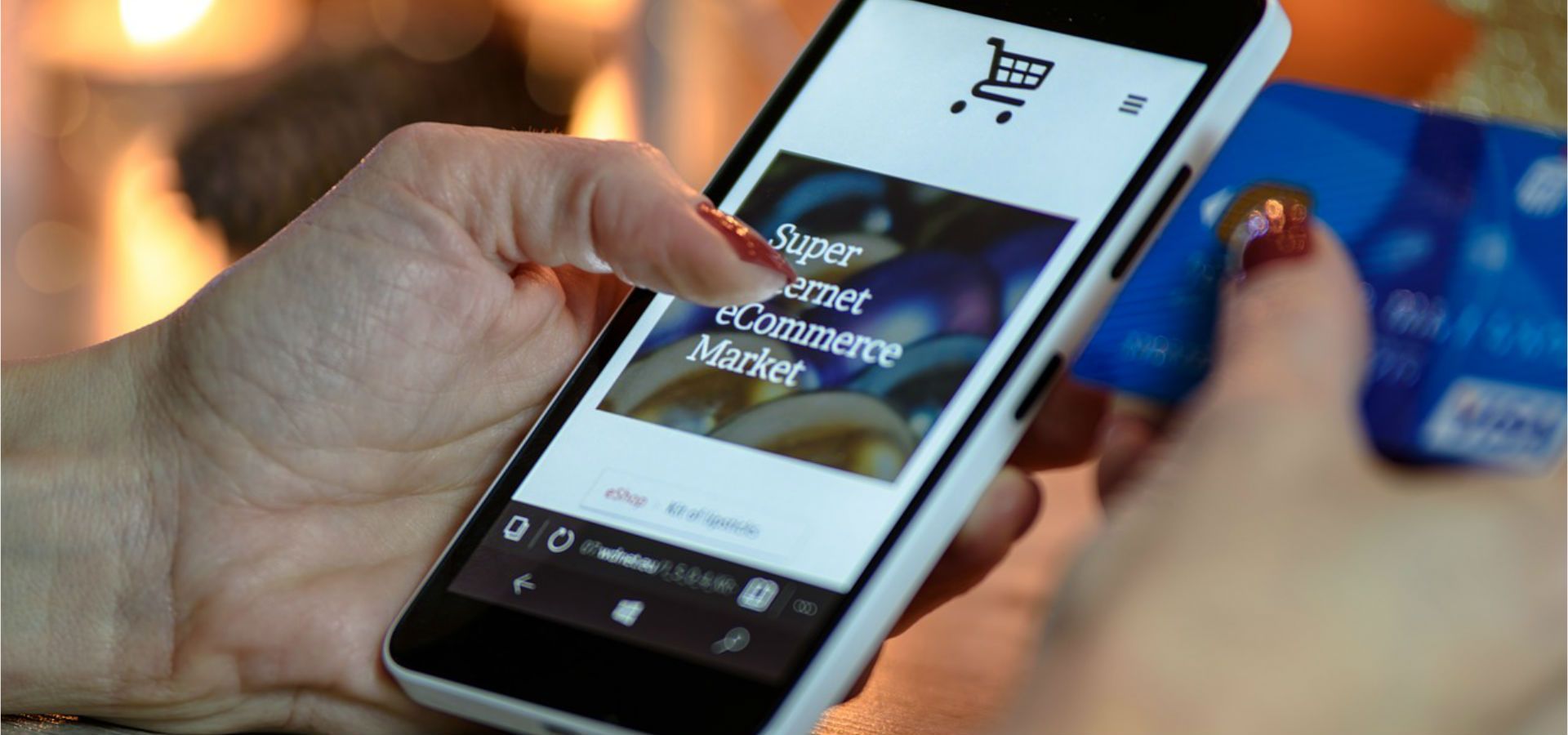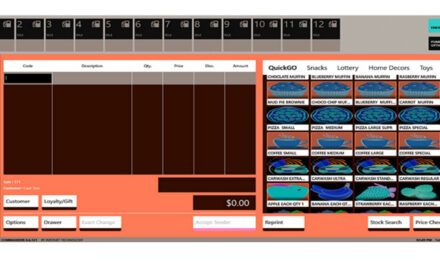
Mobilizing Canadian Payments

Mobilizing Canadian Payments
by: Hans Kelso
The financial marketplace in Canada is a fundamentally conservative environment, with the majority of Canadians conducting their business with a small number of large institutions, buttressed by the near universal accessibility of the Interac network.
It should then be no surprise that mobile payments, and more generally digital payments, have failed to catch fire in Canada like they have in other parts of the world. For example, according to Visa Canada only six per cent of Canadian consumers report using mobile wallets frequently.
WHAT MAKES CANADIANS SO RELUCTANT?
The slow uptake of new mobile and digital payment methods in Canada is likely a result of three factors.
1. Comfort with existing methods. Canadians have come to rely on their existing debit and credit cards for most if not all of their day to day purchases. This creates enormous inertia that alternative payment methods will need to overcome.
2. Lack of perceived value. Customers don’t currently feel that pulling out and using their phone is any more convenient or useful than using a debit or credit card for conducting purchases. This directly limits the available value of mobile payment methods.
3. Perceived lack of security. According to Visa only 35 per cent of Canadian respondents felt virtual wallets are very secure and worries persist among consumers about criminals accessing payment information over the air.
MOBILITY DRIVERS
With these obstacles in mind, changes are coming in the next few years that will shake up the marketplace and move Canadian consumers closer to the global average of mobile payment and digital payment utilization:
- The comfort of familiarity. Mobile payments are, at this point, quite new to the Canadian landscape. With time, the idea of paying for goods with your phone either in-store or online will be seen as increasingly normal. Canadians went through the same process with the launch of Interac Flash. When Flash launched in 2011 it was met with an overwhelming shrug by Canadian consumers, to the point that articles such as “Interac Flash: Why aren’t more people using it?” were being written three years later. Today, Flash, and other contactless options, have been embraced by consumers with 52 per cent people reporting regular use of the feature.
- Value expansion. As the market for new applications and services continues to develop, the fundamental value proposition of using mobile and digital payment channels will grow with it. This developing trend is evident both with the introduction of new entrants, such as peer-to-peer app Venmo and the expansion into Canada of large international players, such as Chinese giants AliPay and WeChat Pay. With increasing options, Canadians will find it easier to transition from single purpose payment applications to a more holistic embrace of the technological possibilities;
- Consumer education. As part of their movement into mobile and digital payments, Canadian financial institutions are educating their customers about the safety and reliability of mobile payments. As consumers receive reassurances from their trusted financial institutions about the security features embedded in the payment applications as well as the business rules which protect everyone involved in the transaction, consumer confidence in the overall payment channel will grow and friction to adoption will decrease; and
- New channels. Digital payments will soon be extended to a huge number of Internet-connected self-ordering devices that will use the new tokenized mobile credential infrastructure. In parallel with the continued digitalization of consumer experiences in banking and many other verticals, digital payments will become a fundamental and core function of mobile and other digitally enabled devices. The first of these steps will come to market in the form of online card payments using mobile credentials, which will substantially reduce Card Not Present fraud and enhance the consumer buying experience.
- Mobile payments will, like Interac Flash payments before it, gain broader acceptance from the Canadian market as the population grows accustomed to the technology and the new payment options that have been made possible. A new generation of consumers for whom paying with their phone is a common or even default method of conducting transactions is coming of age. What form of mobile payment will be dominant is still to be decided with the plethora of firms and methods competing for spending primacy.
IS YOUR BUSINESS FUTURE PROOFED?
Digital and mobile payments will reach a takeoff point in the Canadian market in the next few years and it behooves all participants in the payments ecosystem to consider some questions before that point is reached:
- How will you determine which digital payment methods you will support?
- What partnerships do you have available to navigate this payments transition?
- Will your company be best served by adopting a leading edge approach to digital payments or waiting until the environment stabilizes before investing?
- What steps will your company need to take to remain part of your customers’ value chain as preferred payment methods diversify?
- What strategic investments will your company need to make to participate in the next wave of mobile and digital payment offerings? and
- How will your company interact with the next generation of payment options that eschew the traditional banking infrastructure?
Understanding where, how and with whom your firm will integrate with in the new payments ecosystem will be a key success factor for firms as the mobile and digital payments avalanche gains momentum even with conservative Canadian consumers.
Hans Kelso is a senior analyst and the mobile payment product owner with Cardtronics Canada. He is focused on delivering effective and affordable mobile solutions for Canadian financial institutions. Cardtronics Canada (www.cardtronics.ca) has been providing payment and ATM solutions to the Canadian market since 1999.
Visa Canada, “Canadian consumers trust familiar payment methods; may be slower to adopt emerging forms of payment, according to Visa study”, press release, March 28, 2018.
Visa Canada, “Canadian consumers”, ibid.
Rob Carrick, “Interac Flash: Why aren’t more people using it?”, The Globe and Mail, May 12, 2018.
Visa Canada, “Canadian consumers”, ibid.


































